
Nicolas Salem-Gervais and Mael Raynaud discuss the teaching of ethnic minority languages in government schools.
This is Part One of a three-part piece based on research undertaken for Urbanize: Policy Institute for Urban and Regional Planning, and supported by the Konrad Adenauer Stiftung. This three-part series is largely based on a total of over 130 interviews conducted between December 2018 and February 2019 as well as between May and September 2019 in Shan, Kachin, Chin, Kayah, Kayin and Mon States, as well as Sagaing and Yangon Regions and Naypyidaw Union Territory. Interviewees include various levels (township, district, State/Region, Union) of the Ministry of Education and Ministry of Ethnic Affairs administration, literature and culture committees, Regional ministers, Regional MPs, Local CSO and Media, ethnic political parties’ representative, school headmasters and teachers. Most documents and statistics referred to in this article were collected in the course of these interviews.
The reintroduction of ethnic minority languages into Myanmar’s formal education system—first announced under President Thein Sein’s government in June 2012—has significantly accelerated in recent years, in the wake of the 2014-2015 education law, and under the NLD administration. As we have argued in previous publications (in Oxford Tea Circle and Frontier Myanmar), this shift is liable to bring benefits in at least three dimensions of Myanmar’s social and political life, which echo international contemporary concerns: 1) limiting the ongoing erosion of linguistic and cultural diversity; 2) improving access to and performance in the national education system for children from ethnic nationalities; and 3) addressing one of the root causes of conflict and thus contributing to peace and “national reconciliation”.
Indeed, the presence/absence of ethnic minority languages in government schools, a key element in debates surrounding the unresolved issues of national identity and of equality, has ranked high among ethnic minority groups’ demands and grievances towards the State, ever since the inception of the Union of Burma in 1948. While the accusation of a systematic “Burmanization” policy starting with the Burma Socialist Programme Party (BSPP) in 1962 often lack nuance and accuracy, the successive military governments, have undeniably contributed to the curtailing of ethnic minority languages use, notably in formal education, most drastically during the SLORC/SPDC era from 1988 to 2011. This situation has contributed to the birth of individual ethnic consciousness and the formation of several ethnic armed movements.
This historical trajectory of language-in-education policy raises two connected but somewhat different challenges for the years to come, echoing conversations on the relations between the peace process, on the one hand, and the political process ⎯ and especially the process of decentralization ⎯ on the other hand. The first issue is the recognition by the government of ethnic basic education providers (EBEPs, see here and here), which include education systems linked to ethnic armed groups that provide education to an estimated 300 000, in mother tongue to some extent, and from there the development of partnership between these EBEPs schools and the MoE education system (see section 5.2.2 of the National Education Strategic Plan). The second issue, which is the main focus of our research and of this three-part paper, is the reintroduction of ethnic minority languages in government schools ⎯ which provide education to a total of over 9 million school children ⎯ as prescribed by the 2014 (amended in 2015) Education law.
In this regard, in addition to the improving access to education in some of the regions populated by minorities (as opposed to other regions affected by conflicts), there have been a number of other very significant developments since 2012. In the 2018-2019 school year, officially, 54 ethnic minority languages were being taught to over 750,000 children, in 12,248 schools, by a total of 28,783 teachers, across all the States and Regions. Most recent Ministry of Education (MoE) statistics indicate that 64 languages are now being taught in 2019-2020. These figures must be taken with a grain of salt, but they nonetheless reflect a deep shift in the country’s language-in-education policy— and a trend that has clearly gained momentum over the last two years.
Through a collaboration between UNICEF, the MoE, the Ministry of Ethnic Affairs (MoEA) and the Literature and Culture Committees (LCCs), new curricula for the teaching of 25 languages in Grades 1 to 3, as well as 3.5 million copies of story books for kindergarten in 66 languages (see below), have been finalized during the last few months.
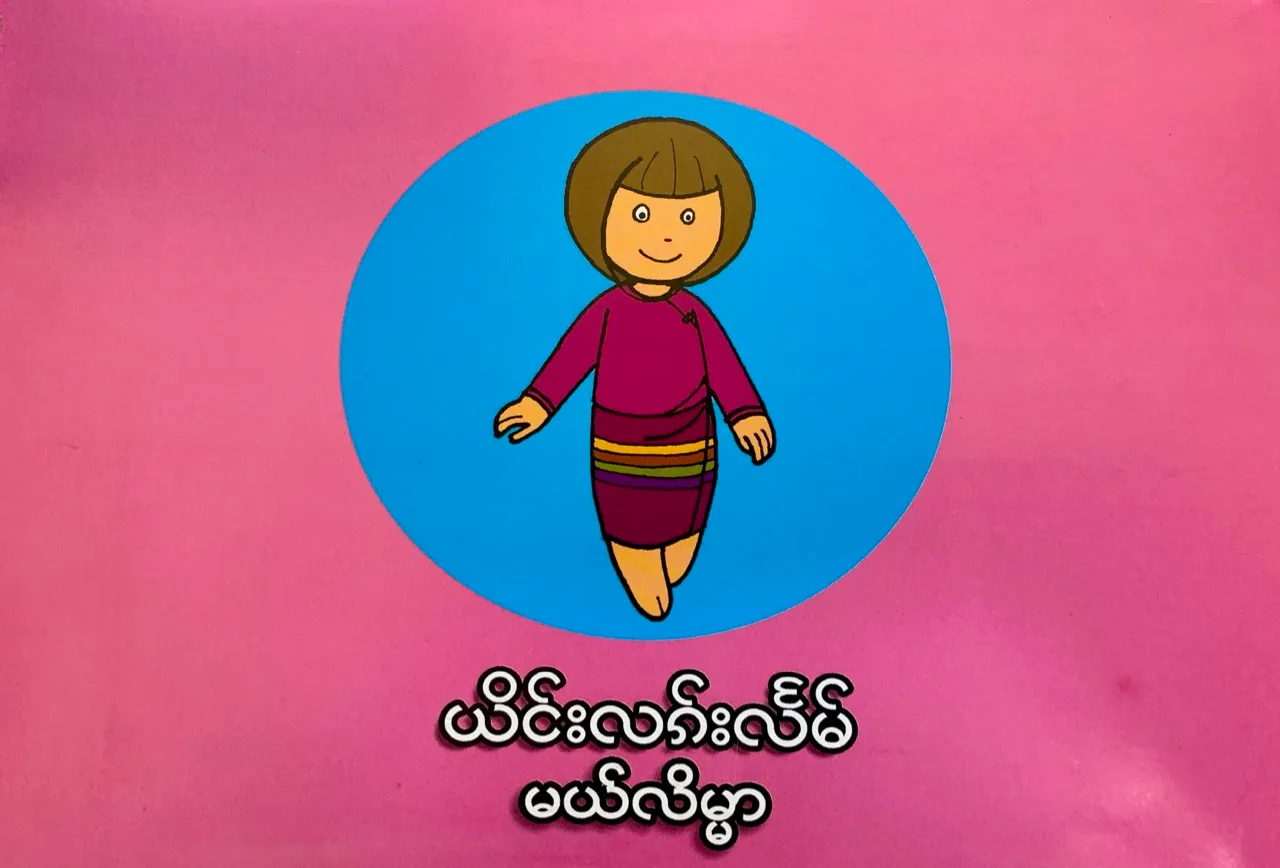
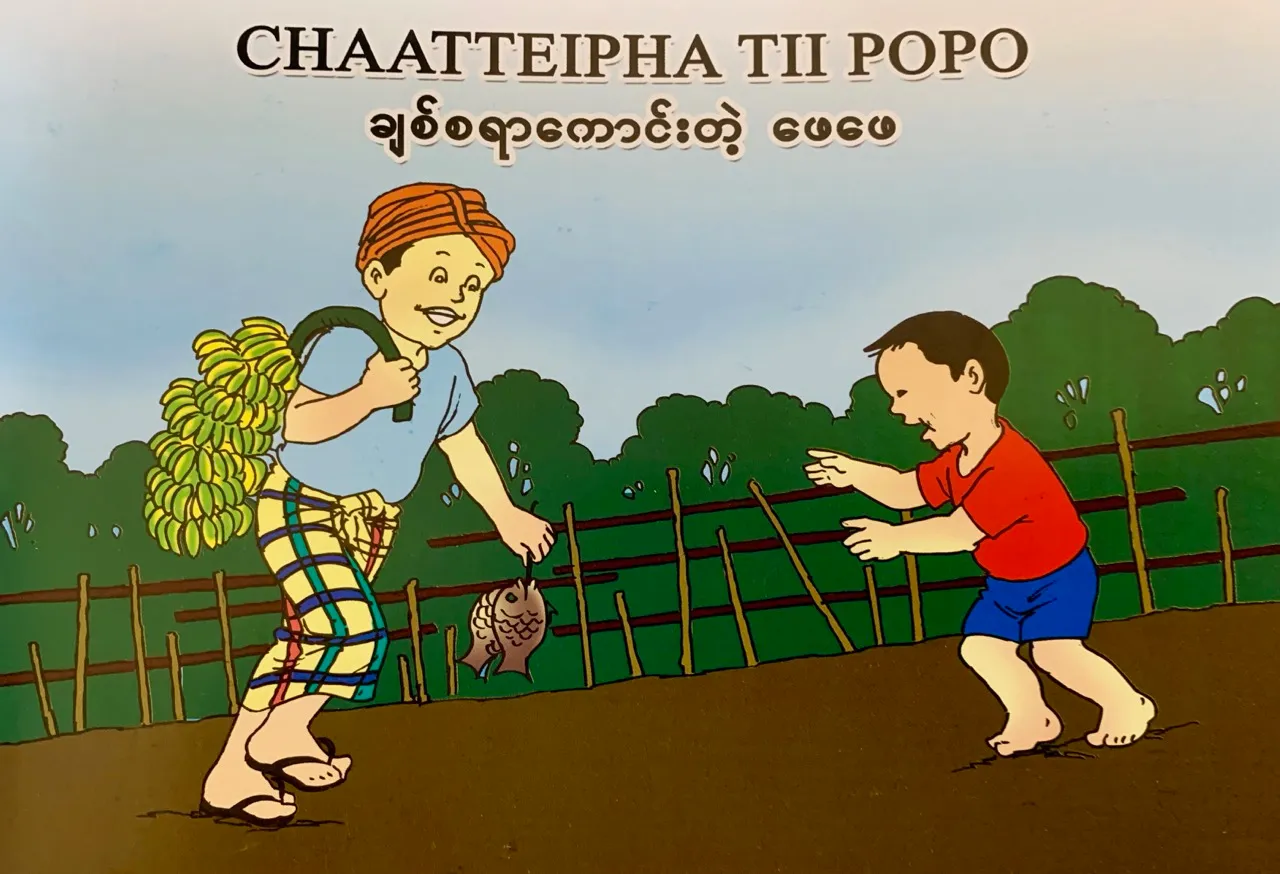
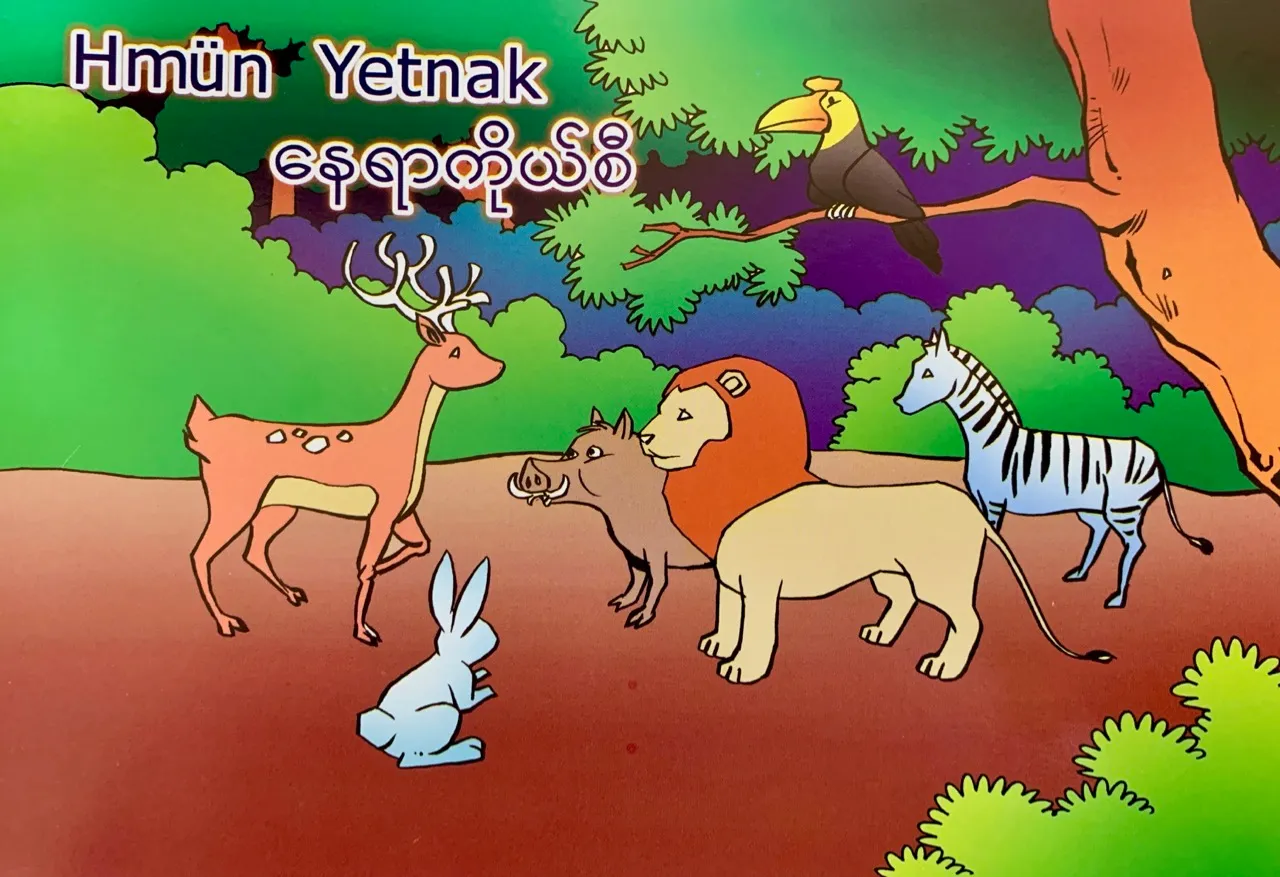
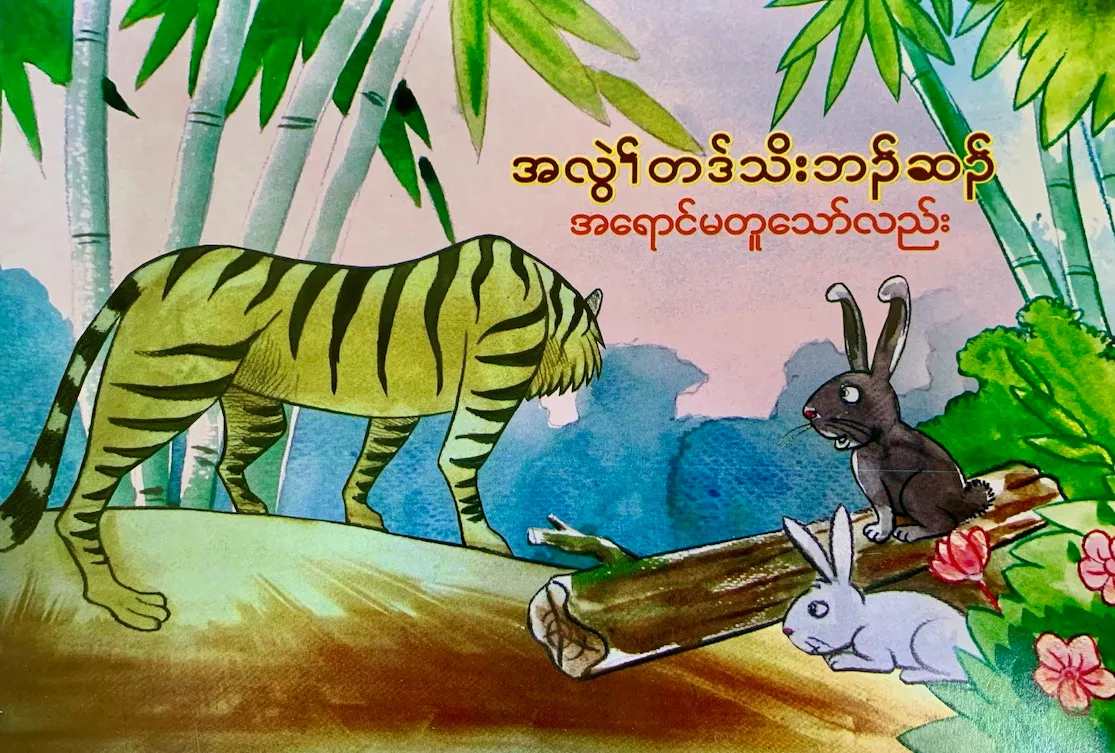
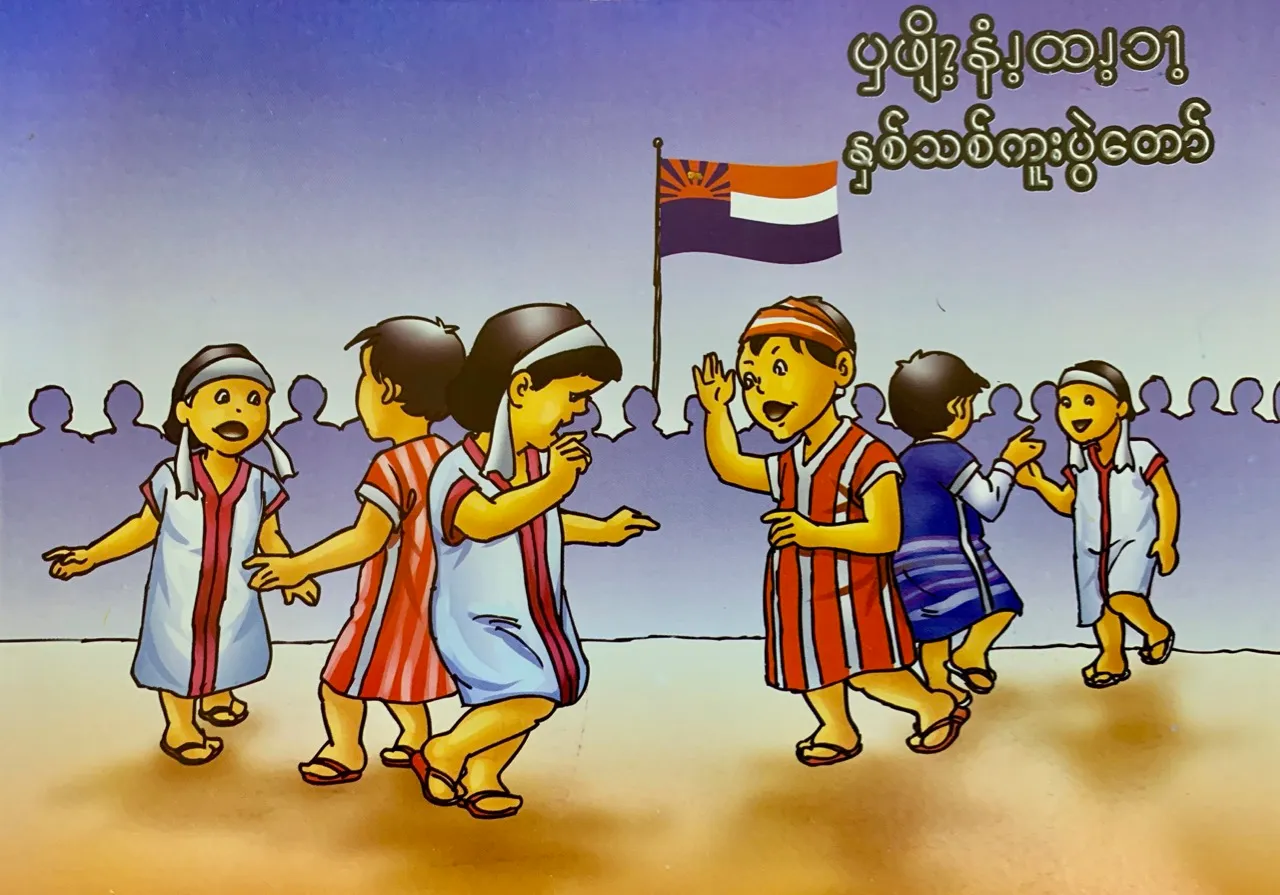
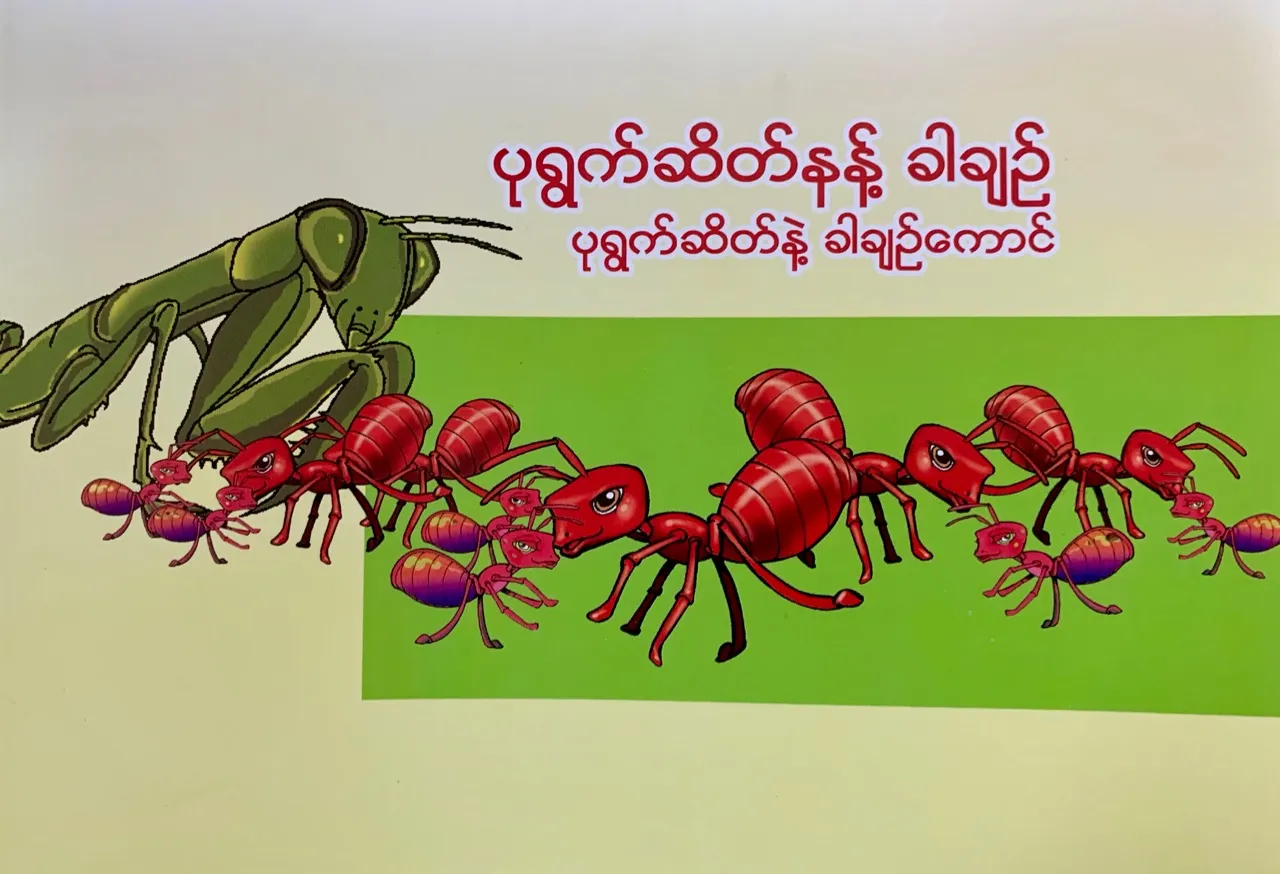
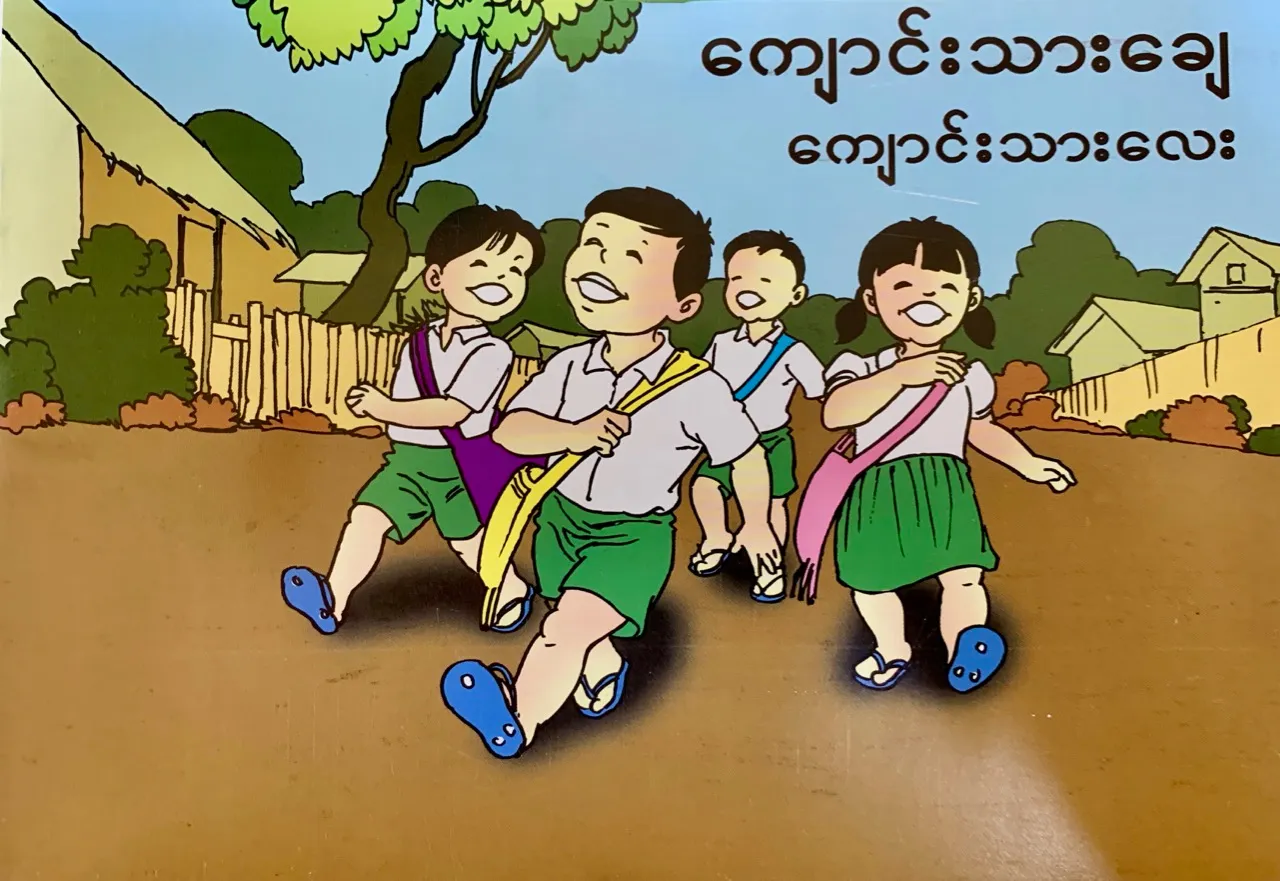
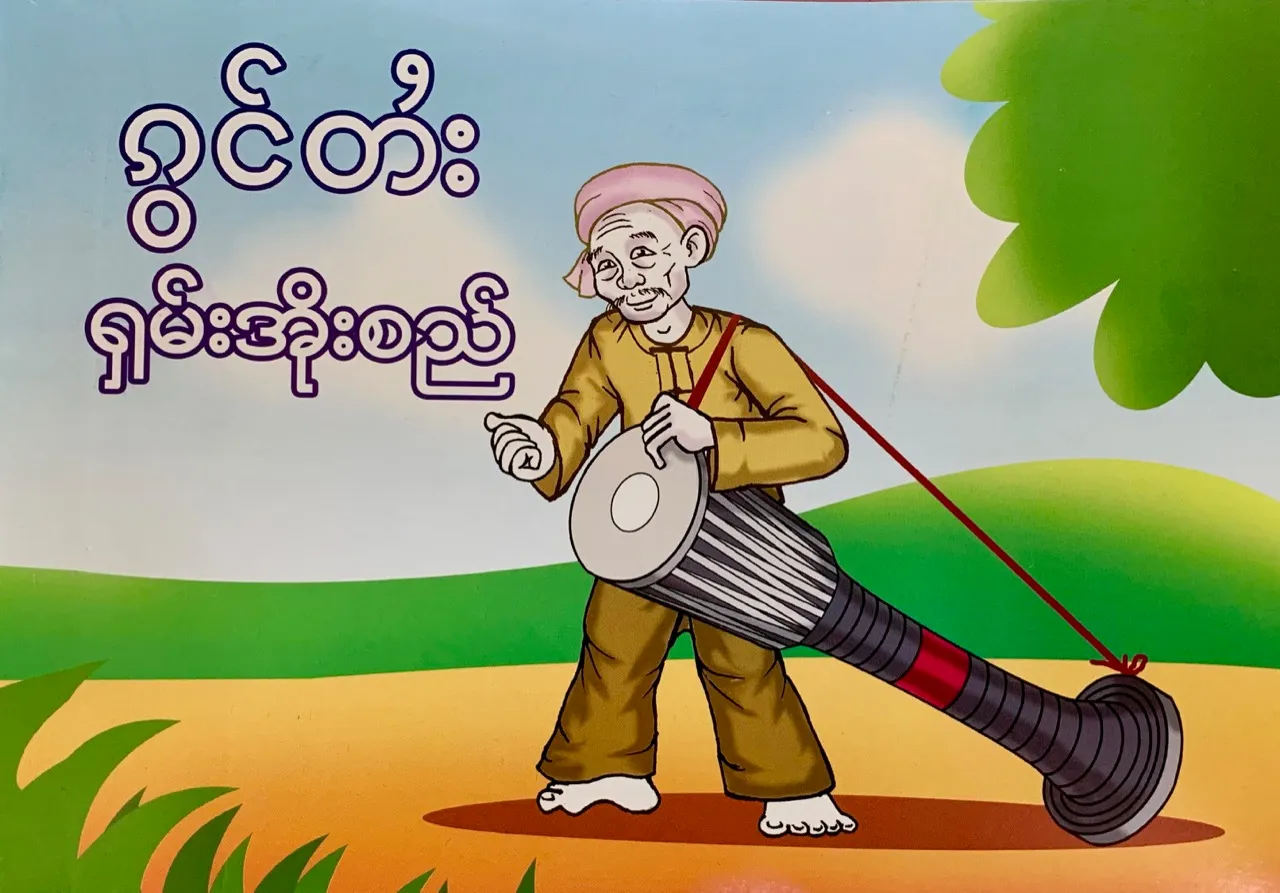
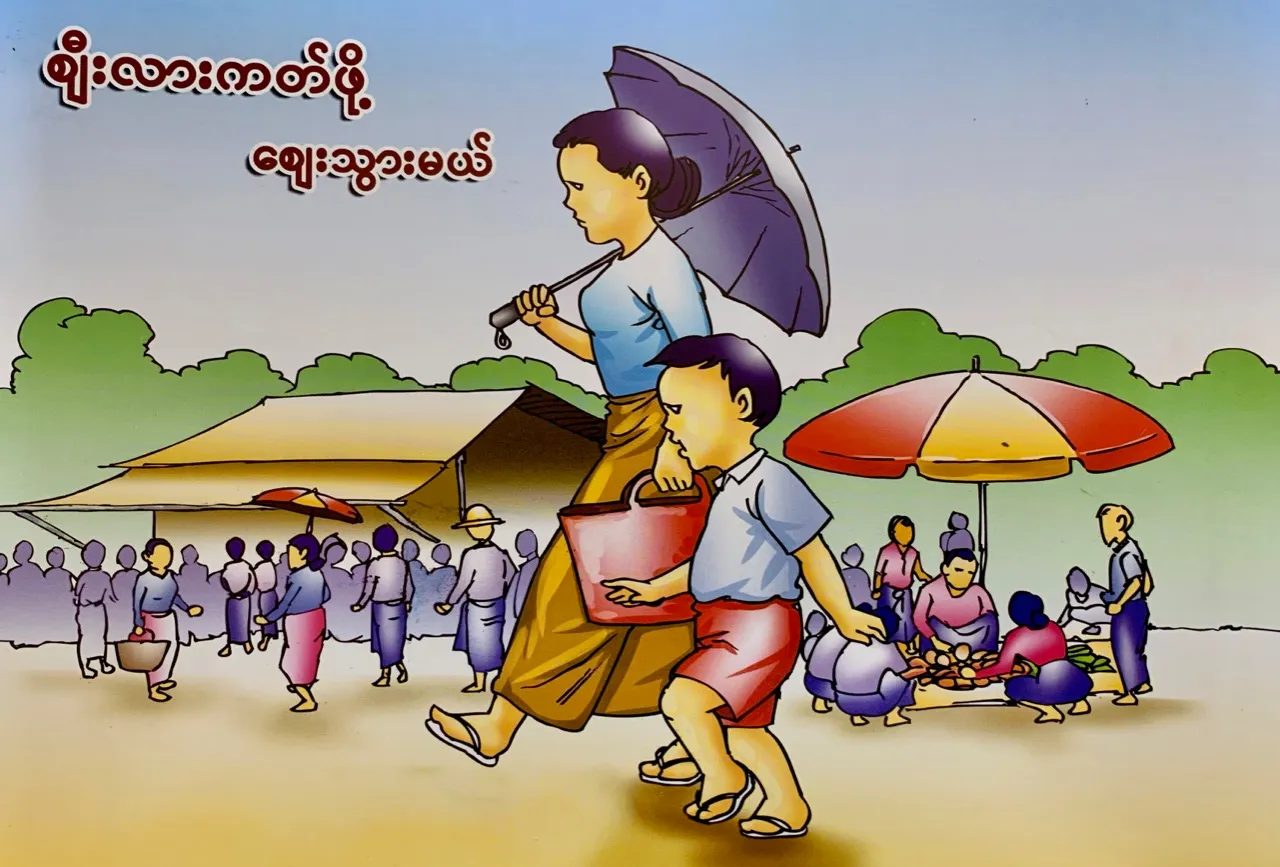
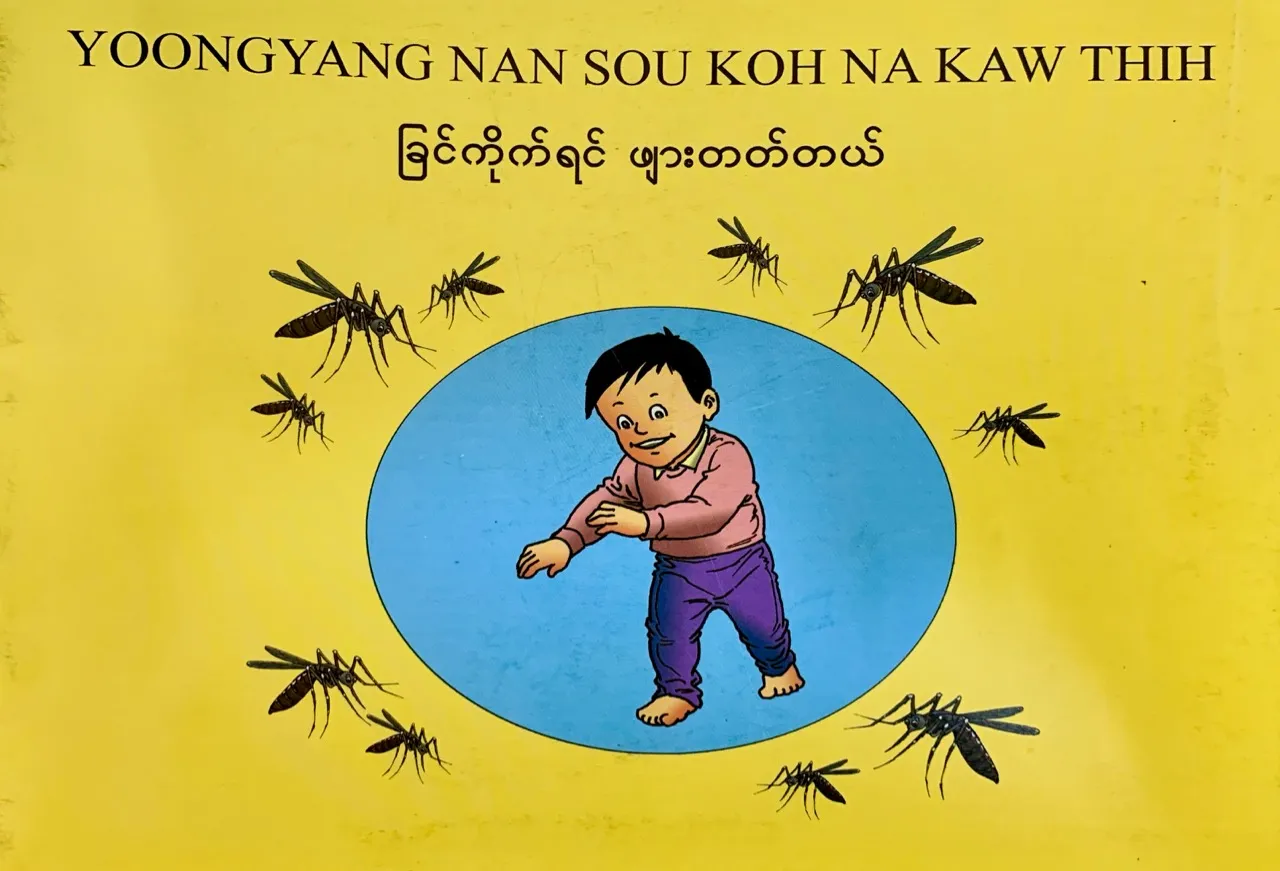

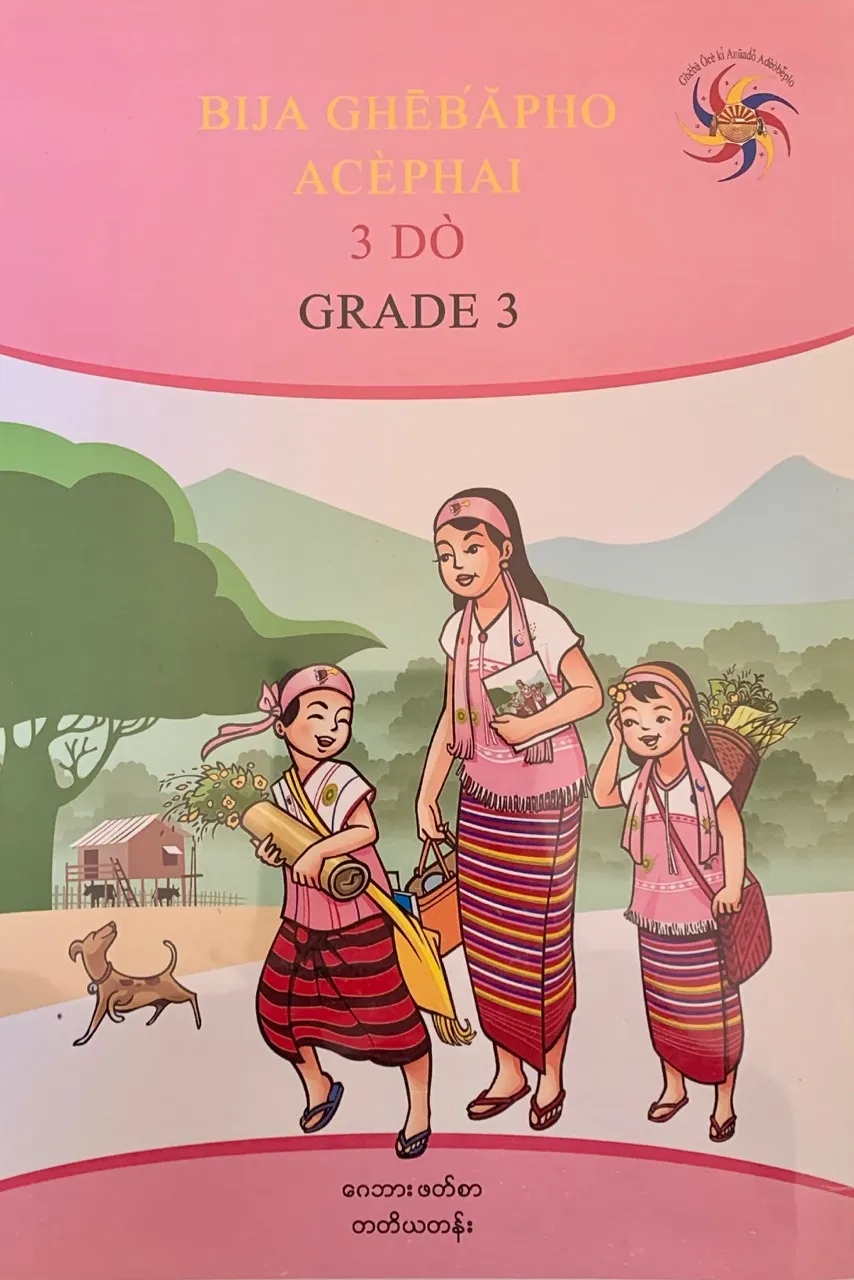
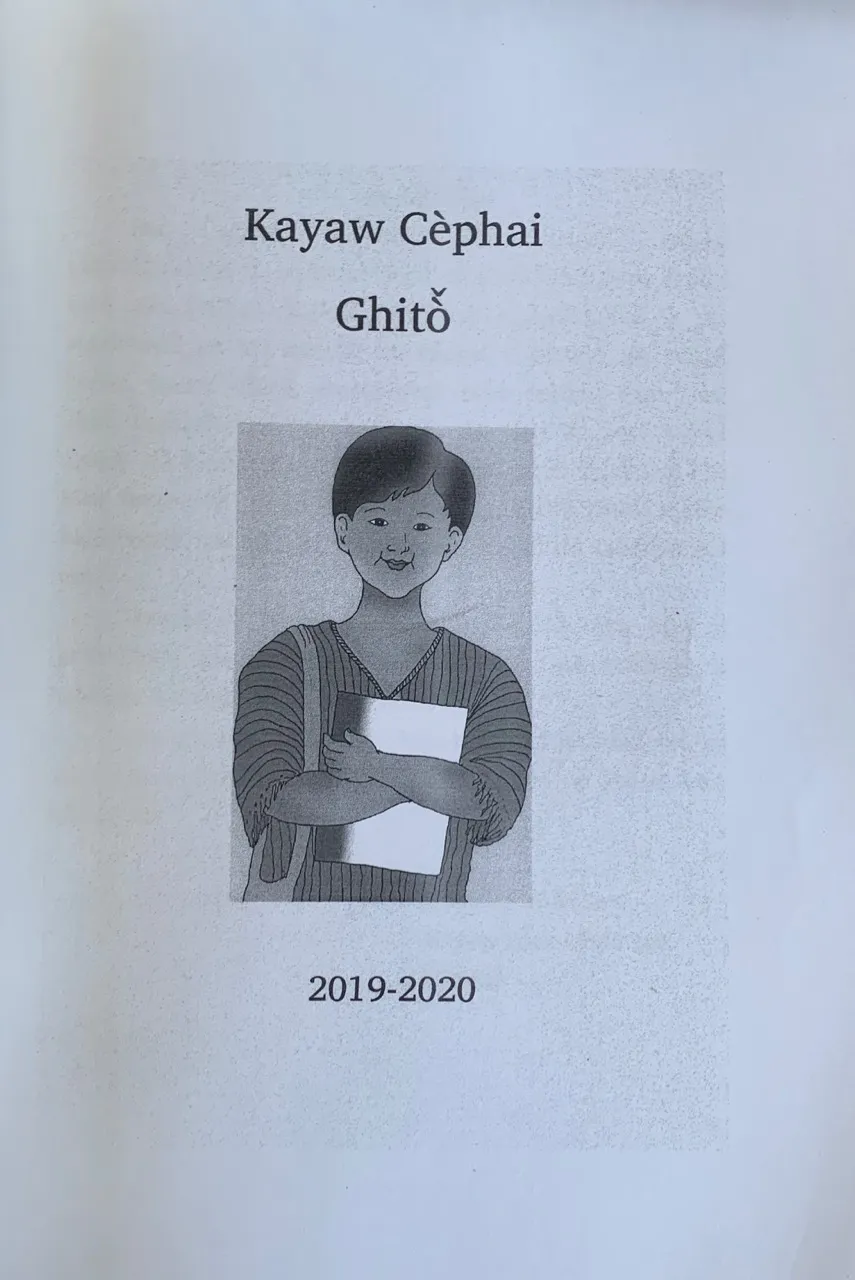
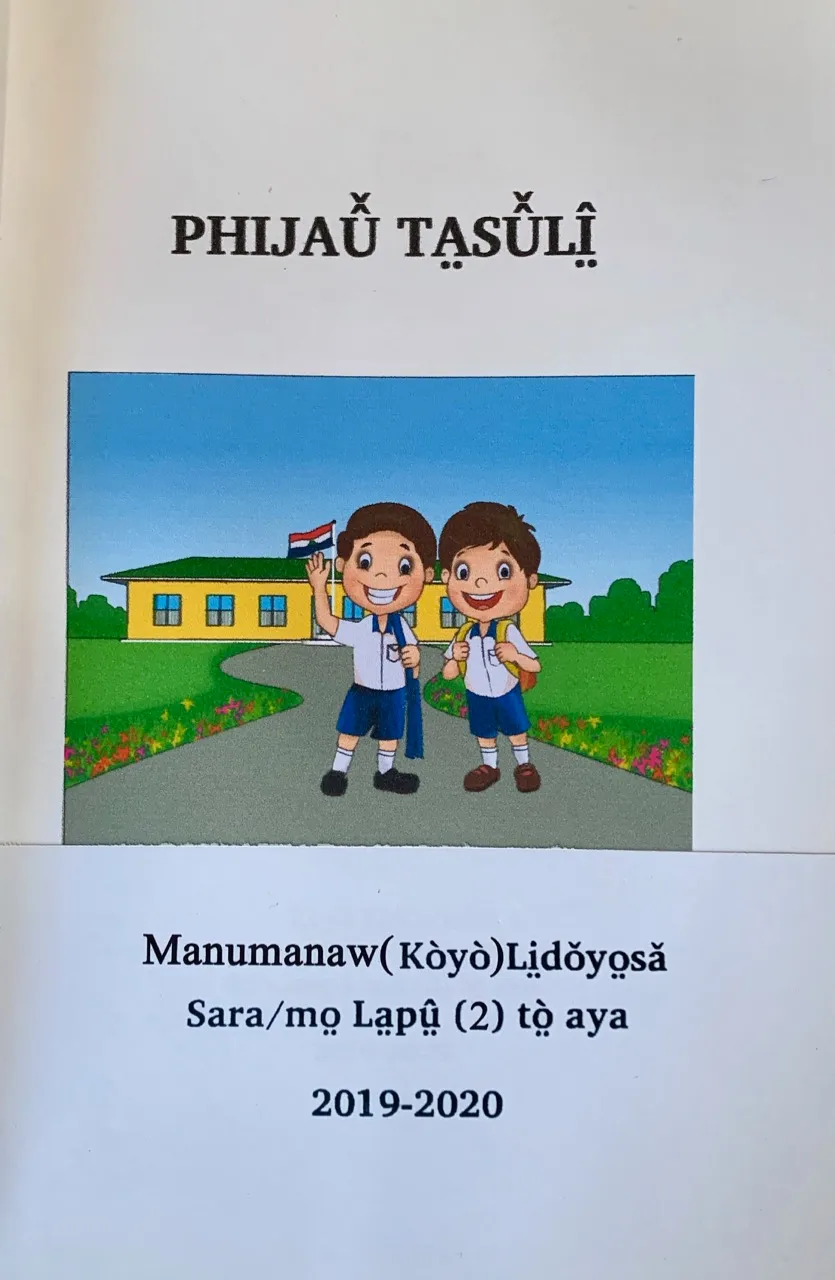
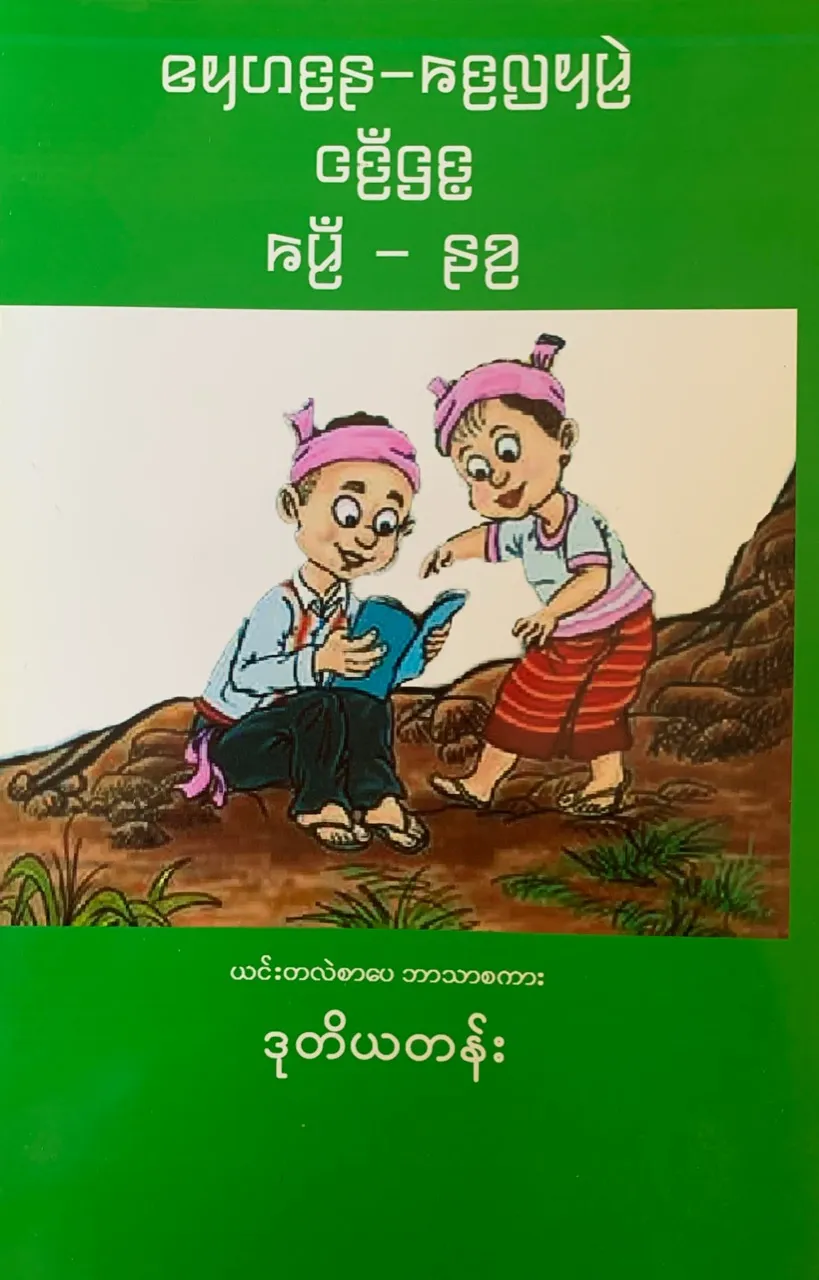
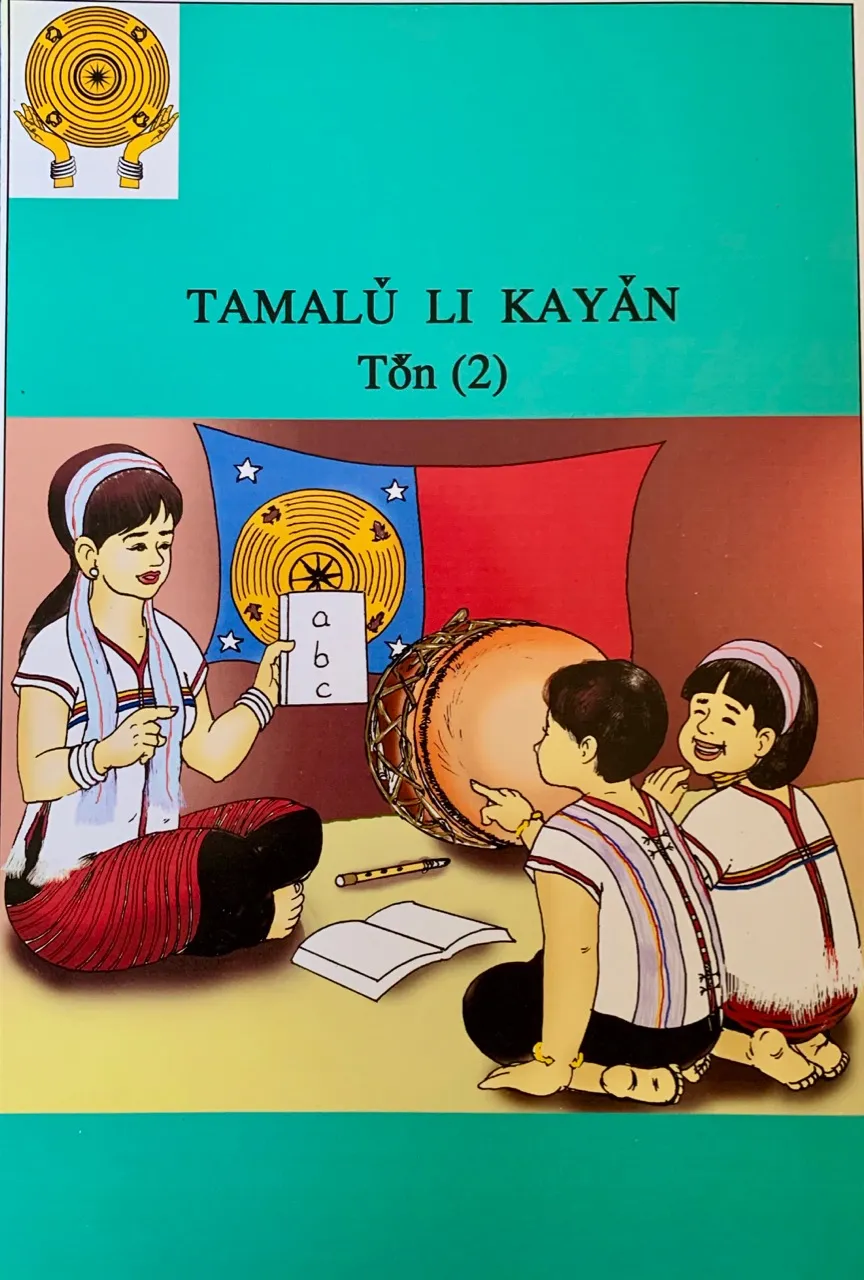
Unsurprisingly, in many instances, several challenges— often the consequences of limited resources— are still in the way of a full integration of ethnic minority languages in government schools. In many instances, there is still a shortage of ethnic languages textbooks and a large proportion of the ethnic language teachers still receive only extremely meagre salaries: 30,000 kyat/month.
According to the MoE 2018-2019 data, 47% of these 23,811 “30,000 kyats” ethnic languages teachers are in fact government school teachers, teaching ethnic minority languages in addition to other subjects, and receiving this amount in addition to their salary. While economically sustainable, this type of situation is not encouraged anymore, as the government rolls out its “ethnic” Teaching Assistant (TA, see below) policy. The number of those teachers has already significantly dropped from 10,760 in 2018-2019 to 7,080 in 2019-2020. The main reason invoked by the MoE for this trend is that it is particularly difficult for the administration to make sure that the ethnic language classes are actually conducted, on a daily basis, by these teachers already present in the schools, who may not always have sufficient language skills or may see this subject as secondary.
The other type of “30,000 kyat” teachers, known as Language Teacher (LT) are “outsiders”, trained by the Literature and Culture Committees (LCC) teaching about 20 hours monthly in government schools. These teachers often complain about a lack of consideration from their colleagues and the local MoE administration. At the time of writing, official statistics count 12,941 of these LT, a figure which is likely to drop sharply in the course of 2019-2020, with all the teachers matching the requirements applying for TA positions.
Despite these remaining difficulties and questions regarding ethnic minority languages teachers’ status, the last two years have seen very significant developments towards overcoming these challenges. In an increasing number of schools, notably in Mon State, the teaching of ethnic language is now conducted during school hours, in one daily period (40 minutes) out of eight. While Mon State’s lead is all but surprising given the comparative advantages of the Mons over all other groups across the Union of Myanmar, this trend has gained momentum, in link with the development of the local curricula by States and Regions (which is particularly advanced in Mon, Kayin, Kayah, Chin and Kachin States). Several uncertainties remain regarding the exact content of those local curricula and notably the use of the “local knowledge” textbooks, which include potentially sensitive topics, such as local histories. However, for the 2019-2020 school year, most schools around the country already have a slot for local content in their timetable, within school hours, which is already often used for the teaching of ethnic minority languages in schools presenting relatively homogenous linguistic situations.
Amidst numerous calls, both from ethnic/education activists and foreign experts, for a mother-tongue based multilingual education policy or MTB-MLE ⎯ which would mean all classes to be taught directly in ethnic minority languages at least at lower primary levels ⎯ the choice of a language policy relying on (1.) teaching ethnic languages as subjects and on (2.) what the 2014-15 Education law calls “classroom language” (meaning using local languages orally, to explain the curriculum which remains in the national language) is, in our opinion, a realistic policy, at least for the foreseeable future. This policy offers flexibility in multi-ethnic settings where choosing a curriculum in one particular language would be problematic, and gives teachers room to make adaptation appropriate to their classrooms.
Parallel to the creation of the Ministry of Ethnic Affairs (MoEA), considerable reforms are being unrolled by the Ministry of Education (MoE) to live up to this “subject + classroom language” language-in-education policy. A number of measures, which can be seen as positive discrimination, are specifically aimed at increasing the availability of local teachers in order to be able to use ethnic minority languages in primary schools. In many regions, indeed, for multiple reasons (including overall lower performance of students from ethnic minorities and unattractive salaries of civil servant careers), there has been an acute shortage of local teachers, an issue central to the continuing language barrier problems ethnic minority children face.
In 2017, new positions for ethnic minority language teachers were created through a collaboration between the MoE and the MoEA: the “ethnic” teaching assistants (TA, the position itself already existed in the MoE, the novelty is the ethnic language dimension). For the whole Union, a first batch of 5,161 Teaching Assistants were appointed for the 2017-2018 school year. A candidate to such TA position is required to have pursued his or her formal education beyond grade 9 and possess good ethnic language skills (assessed by a Literature and Culture Committee, see below).
The mission of these TAs is two-fold, and precisely corresponds to the two components of the language-in-education policy shift described above: 1. teaching ethnic minority languages, as subjects, and 2. using ethnic minority languages informally, when needed, as “classroom languages”, to help overcome the language barrier in the process of teaching the national curriculum. Through daily wages (4,800K per day), these TAs receive salaries that represent three to five-fold the amount of the regular (“30,000 kyats/month”) ethnic languages teachers (LT).
Additionally, these teachers are not only allowed but strongly encouraged to remain in their hometown (as opposed to other government teachers who are sent to different places throughout their career), precisely to be able to fulfil their missions of both teaching and using ethnic minority languages in the schools.
While it is too early to really assess the impact of this reform, these new career perspectives (by comparison to the meagre 30,000k/month for the LT) seem liable to generate enthusiasm among students with ethnic language skills. According to the MoEA and the MoE’s statistics, for the 2019-2020 school year, not less than 12,450 application files have made it up to Naypyidaw after several steps of selection process.
At the time of writing, the candidates for this new batch of “ethnic” TAs are still waiting for the confirmation of their appointment (despite the opening of the schools in June), as the multi-layered and centralized MoE’s administration is making sure all these candidatures really correspond to competent teachers available in their respective schools. But at least 50% of these candidates are likely to be appointed, which is liable to generate momentum. In contrast, unsurprisingly, interest for the “30,000 kyats per month” (LT) positions seem to be diminishing, with only 222 new candidates for the whole Union in 2019-2020, according to the MoEA’s statistics.
Among the TA candidates, those who have a university degree (whose proportions vary significantly depending on State/Region and ethnic groups) are encouraged to receive a training in their State/Region’s Education College, in order to become full-fledged government schoolteachers (a significant improvement in their career and salary). Among the 5,161 TA hired in 2017-2018, roughly 50% had their matriculation exam and 719 had a university degree. Among the later, 277 have already completed a short training in one of the Education Colleges, and are now full-fledged civil servants. Another batch of 443 is set to complete the same training in 2019-2020.
The Teaching Assistants with lower levels of academic achievements have the possibility to follow the same path: some of the TAs appointed in 2017-2018 interviewed during our visits to the schools in several States are preparing their matriculation examination as external candidates, in the perspective of obtaining a university degree through distance education, and to ultimately become full-fledged permanent teachers.
The ethnic TA positions have been created through a collaboration between the Ministry of Education (MoE), the Ministry of Ethnic Aaffairs (MoEA) and the literature and culture committees (LCCs). The LCCs are civil society organizations representing dozens of ethnic nationalities and languages. The most important of these organizations were formed decades ago, often in the 1960s and sometimes earlier (for instance, the Shan LCC was formed in 1952 in Taunggyi, the Mon LCC recently celebrated the golden jubilee of its foundation in 1966, the Chin LCC of Yangon just celebrated its 55th birthday in August 2019, and the Golden Jubilee of the Kayin LCC of Kayin State is coming up in 2020). These organizations have long been striving to teach their respective languages, often during summer schools held under military regimes.
These institutions are highly diverse in terms of resources, capacities, organization, histories, whether they represent an overarching (for example Karen or Kachin) or more “specific” (for example Sgaw or Lisu) ethnic identity, their perceived legitimacy, their affiliation to religious groups, their relationship (or not) with an armed group, as well as geographical level of recognition by the authorities. These LCCs can indeed be registered at different administrative levels: township, district, State/Region or Union, and the different branches under an ethnonym may or may not work together. In the context of the unfolding language-in-education policy, however, the State/Region-level seems to be increasingly important, and organizations corresponding to more “specific” ethnic identities tend to emancipate from the overarching ones, two trends which sometimes work against ambitions of promoting single coherent ethnic identities in the whole Union (an argument we will take up in the Part Two and Part Three of this series).
In Ardeth Maung Thawnghmung’s (2012) words, historically “these various cultural and literate organizations have been founded by – and attracted and produced – many community leaders and aspiring politicians, enabling them to acquire experience and skills in leadership, management, and organization, to establish contact with their respective communities across the country, and to foster ethno-national aspirations in nonviolent ways” . However, under the SLORC/SPDC, the LCCs certainly had limited leeway in their activities. Chairing such organization was only, to a large extent, an honorary position within the community for leaders with an interest in the promotion of a particular ethnic identity, language and culture.
The 2010 elections have enabled more direct contacts between the LCCs and front row institutional politics, as epitomized by the destiny of Dr Sai Mauk Kham, the chairman of the Shan LCC in Lashio, who ascended to the position of Vice President in 2011. Several other regional ethnic affairs ministers followed similar, albeit less prominent, trajectories. Yet, beyond the destinies of individuals using these institutions as platforms for a political career, during the last few years, the new roles of the LCCs and their association to government decisions, most notably in the perspective of teaching ethnic minority languages in the schools, have risen the stakes behind these organizations. New LCCs have been founded or revived during the last decade, and a new generation of leaders, perfectly conscious of the renewed political significance of their positions in the post-junta context, seem to be progressively emerging; as an illustration among many others, the Shan LCC for Kayin State, for instance, was founded in 2017. This LCC has composed new textbooks in the tham/yuan script (see illustrations), for the teaching of one of the shan dialects spoken in Kayin State, and its president is taking a leading role in advocating for the creation of a Shan ethnic affairs minister in his state.
Despite their heterogeneity, the LCCs are thus becoming key ethnic political actors in the States and Regions, notably for groups who do not possess an ethnic affairs minister. They now often receive (limited) financial support from their respective State/Region governments for the organization of their National days and activities related to the teaching of ethnic languages, both inside and outside the government schools. They are in charge of creating (or refreshing) the ethnic languages curricula (often with the support of UNICEF and the MoE), of helping the MoE identifying the schools in which their respective languages should be taught, of assessing the ethnic language skills of the candidates to language teacher and TA positions, as well as training them for the teaching of ethnic languages curricula.
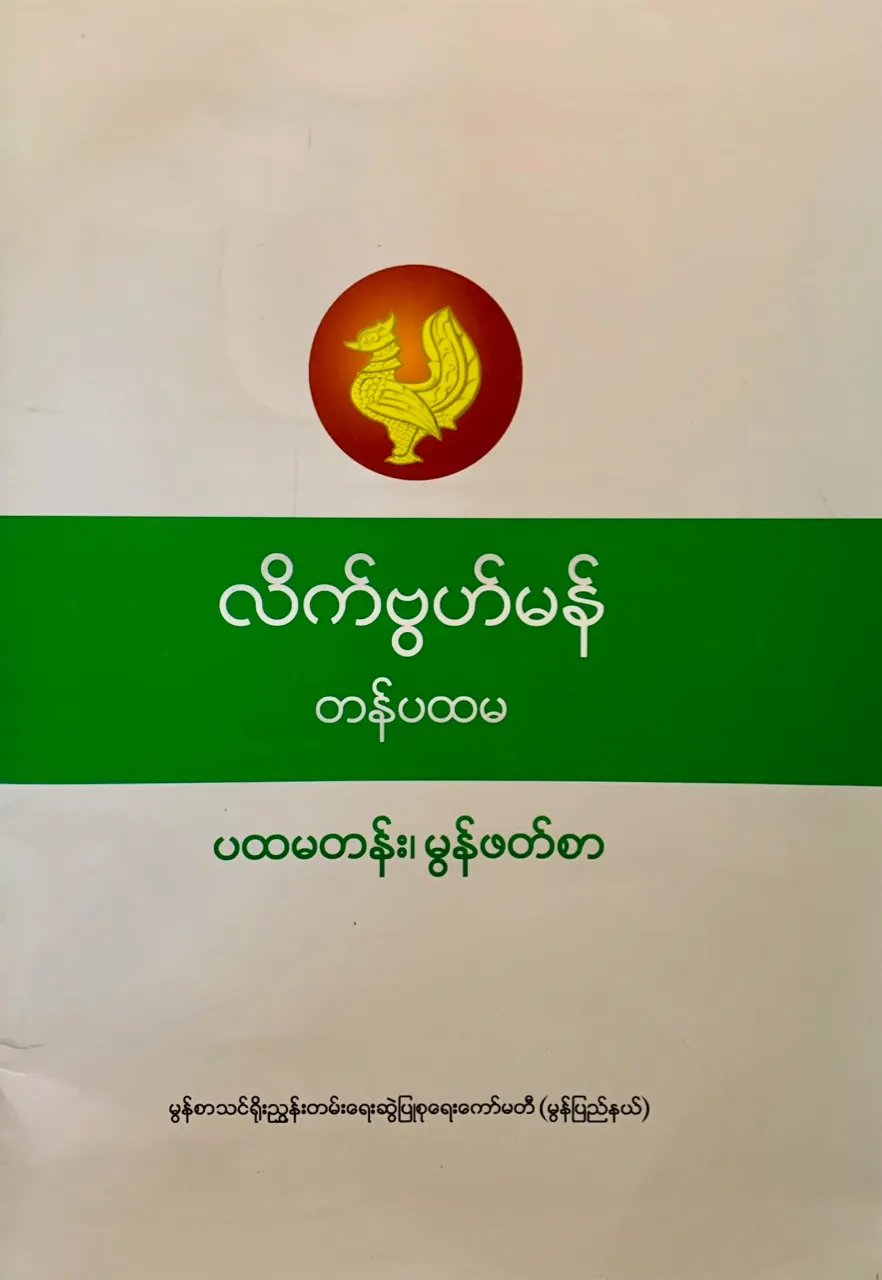
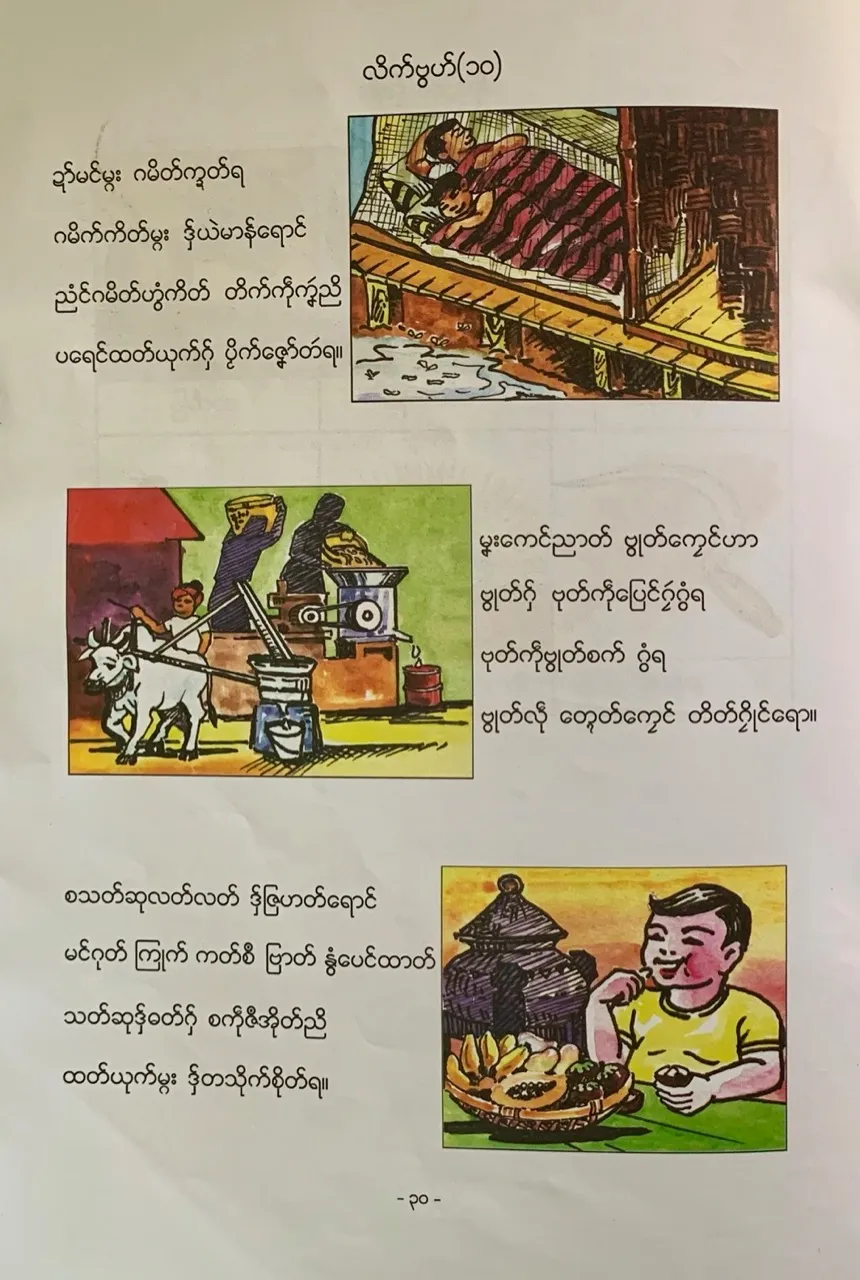
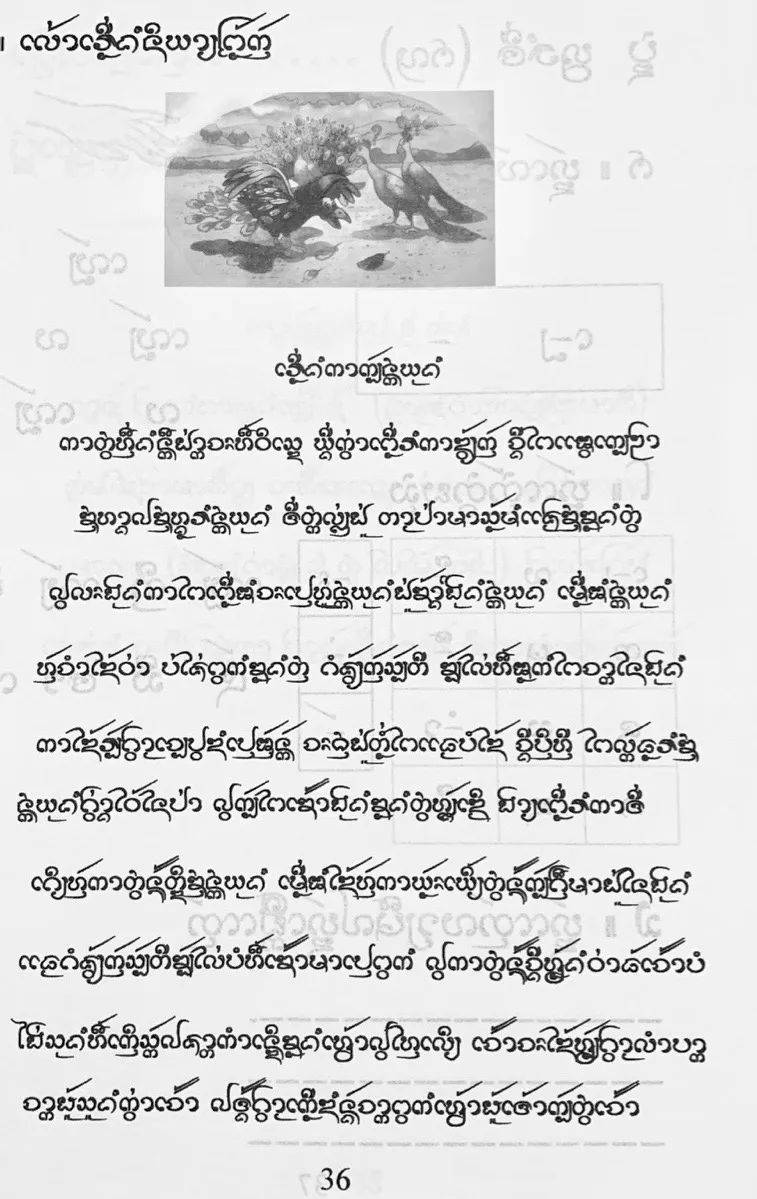
Within this evolving ethnic political landscape, and in addition to the new career opportunities for students with ethnic minority language skills (the TAs), another channel to encourage the nurturing of local teachers has been a shift in access to the Education Colleges, since 2017-2018, according to yearly teachers needs in each township of the State/Region. In practice, this shift allows the best candidates from the more remote townships to access Education Colleges, even with matriculation exam grades that would have been insufficient if the competition was set at the National, or even at the State/Region levels.
These reforms are still young, with different regions presenting different situations in terms of language barriers and available human resources. Making the best use of the TAs and local teachers all around the country will certainly take time. As of today, all the TAs recruited may not have all the necessary skills to fulfil their tasks, either in terms of formal education, or in terms of mastering an ethnic language well enough to be able to teach it. The school-level MoE administration may also not always have a clear idea of how to best utilize these TAs to face the specific language-related issues they have to deal with locally.
More generally, the nurturing of local teachers for primary schools in ethnic areas should be seen as a crucial step towards overcoming the language difficulties ethnic minority students face, but not a panacea. According to multiple testimonies collected during our interviews, in several regions, where there is already a significant proportion of local teachers, the latter are more likely to be subject to a number of issues, such as being more absorbed by the local social life, to the detriment of their teaching tasks. This type of situations stands in contrast to teachers who are posted in a region where they do not have any social attachments and who tend to focus more on advancing their careers (for better or for worse).
Another problem, directly linked to our reflection on language-in-education policies, seems to be the overuse of local languages in the education process. In Chin State for example, we have heard numerous stories of schools where the students, despite learning the national curriculum, do not speak fluent Burmese at the end of middle school. Our interviewees partly attributed this situation to an excessive usage of local languages orally in the classrooms. A successful “classroom language” policy would thus require teachers who not only possess the necessary language skills, but who have also received proper training on how to use both the local and the national languages in a bilingual education frame.
Regardless, all these developments do constitute crucial steps towards decentralization, and including local non-state actors in formal education. The regional governments (through their ministers of social affairs and ethnic affairs ministers) as well as the literature and culture committees (LCCs) linked to the different ethnic groups, are now playing central roles in determining which language should be available in which school of their State/Region, producing ethnic languages curricula and training teachers.
The road towards having States and Regions fulfilling all the responsibilities in terms of ethnic minority language teaching prescribed by the Education Law (article 44) may remain frustrating in the years to come. At the time of writing, the MoE (with also a strong participation of UNICEF) remain the main financial support of this activity, both in terms of paying teachers and producing curricula. Nevertheless, an increasing number of regional governments, such as Mon State, Kayah State or Yangon Region are starting to participate, with their own budget, to the production and distribution of ethnic language textbooks.
In the process, these actors have extremely frequent interactions with the representatives of the Union’s administration, most notably the MoE (at State/Region, District and township levels) and the MoEA (State/Region level only). This is particularly true in the five States (Mon, Kayin, Kayah, Chin and Kachin) which are developing their local curricula, a process that implies regular meetings between the regional governments, the (State level) MoE and MoEA, UNICEF, the LCCs representatives, local scholars, and in some cases, educators close to ethnic armed groups.
Processes such as this, which require regular interactions as well as a sense of compromise and mutual understanding, are crucial in the creation of new local political ecosystems, and thus constitute a critical step towards decentralizing the Union and building capacity at sub-national levels.
Despite all these ongoing and encouraging developments, major structural challenges remain. In our opinion, when it comes to an inclusion of ethnic minority languages in education fulfilling all its above-described promises, the two main issues are what we have called in earlier publications, for the sake of explanation and the lack of better terms, the “geographic” and the “linguistic” challenges. Both these challenges, which certainly overlap one another, deal with the issue of answering a deceptively simple question: which particular language(s) should be taught in a particular school?
The patchwork of colors of an ethno-linguistic map is (by definition) a schematic representation of a socio-linguistic reality which at times can be extremely complex. In the case of Myanmar, not only is there often significant linguistic (and political) heterogeneity within the groups represented by a single colour (an argument detailed in Part Two), but there is also often a prevalence of multilingualism in the most populated areas.
When reflecting on how a mother tongue based – multilingual education (MTB-MLE) policy could be implemented in Myanmar, proponents of such a policy have suggested options at different geographical levels, including the recognition of the “main” ethnic languages of the relevant states, to be used in public administration, justice and schooling. But this option seems unfeasible from a political standpoint in contemporary Myanmar, when a multitude of actors are mobilized to defend their particular ethnic rights “တိုင်းရင်းသားလူမျိုးများ၏ အခွင့်အရေး”.
This type of policy would also largely defeat the very purpose of introducing ethnic minority languages in education, both from an educational standpoint and from a language/culture preservation perspective. Selecting the “main” ethnic languages, to be used in education, would indeed mean that a large proportion of children across the Union of Myanmar remain educated in a language other than their mother tongue. Such choice of language policy could also arguably turn these “main languages” into the most direct threats to “smaller” languages’ survival.
Furthermore, below the States and Regions, none of the lower administrative levels (district, township) seem relevant in terms of determining a single language of instruction. Even individual schools, in many instances, would not allow the choice of a single language of instruction. Simply put and as a general rule, the closer a school is located to an urban area or a main road, the higher the chances for children from multiple ethno-linguistic backgrounds to attend that school.
The national language (i.e. Burmese) is also typically more used in this type of urban environment, which often diminishes, from an educational standpoint, the imperative of having multiple teachers using multiple languages, either as a language of instruction or as “classroom languages”, to overcome the language difficulties faced by ethnic minority students. In some instances, the children in this type of environment actually have little to no oral skills in the local languages, which may completely transform the pedagogical implications of language ethnic minority language classes, from literacy in the mother-tongue to the addition of an almost foreign language (see the case of Red Shan in Part Three). In any case, under the current language-in-education policies, multi-lingual situations often found in urban areas already greatly complicate the teaching, as subjects, of all the languages of children attending school.
(All images and media courtesy of Nicolas Salem-Gervais)
Nicolas Salem-Gervais is a Maitre de conférence at the Burmese language section, South East Asia Department of Institut National des Langue et Civilisations Orientales (INALCO) in Paris, and is affiliated to Centre Asie du Sud-Est (CASE). Since 2007, his research has been dealing with various aspects of education and nation-building in Myanmar.
Mael Raynaud is head of research at Urbanize: Policy Institute for Urban and Regional Planning, based in Yangon. This post is part of a research project undertaken for Urbanize and supported by the Konrad Adenauer Stiftung. The authors wish to thank Ei Shwe Phyu and Tinzar Htun, who have contributed to this project since October 2018.
Notes
Like This Article
September 16, 2024
June 18, 2024